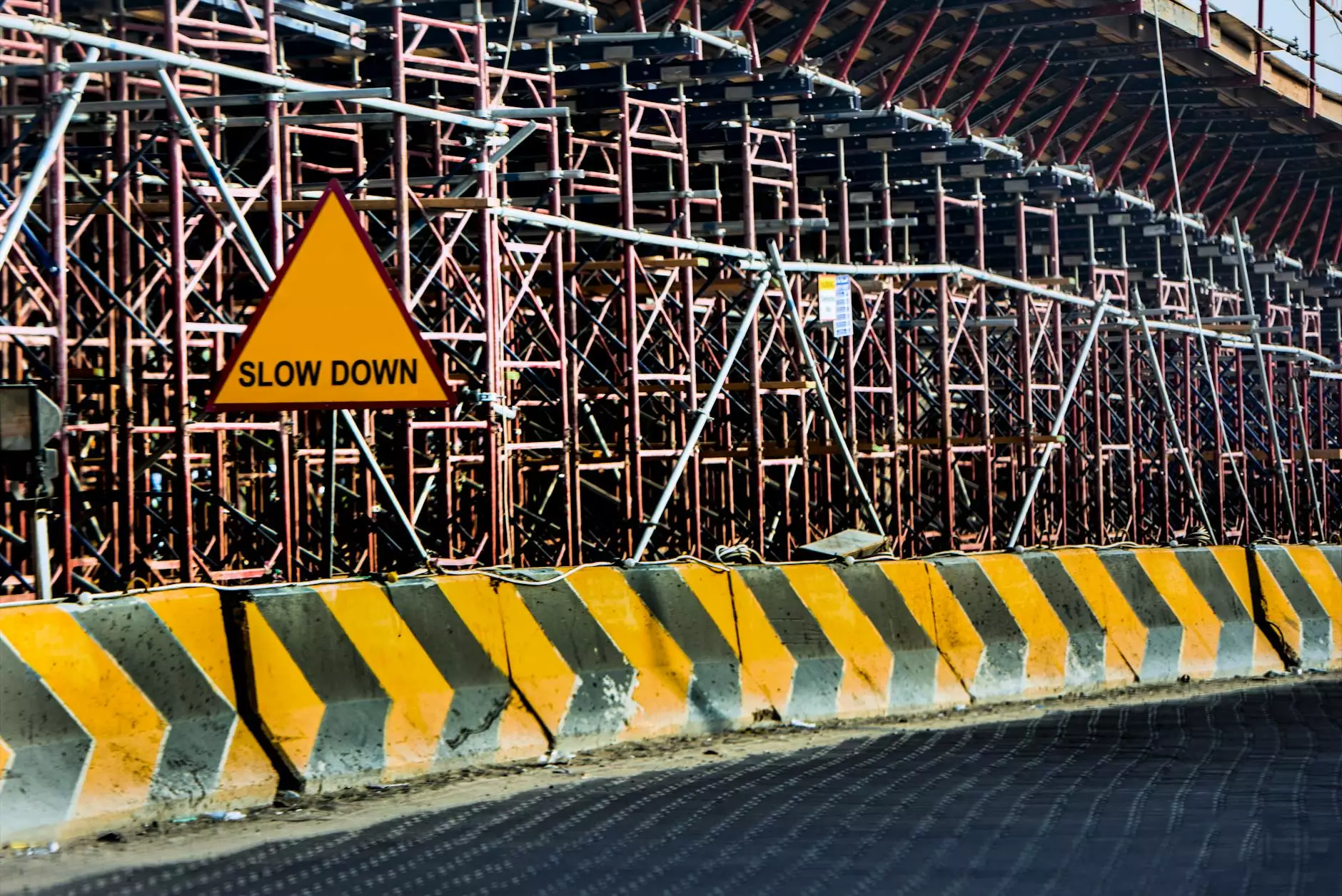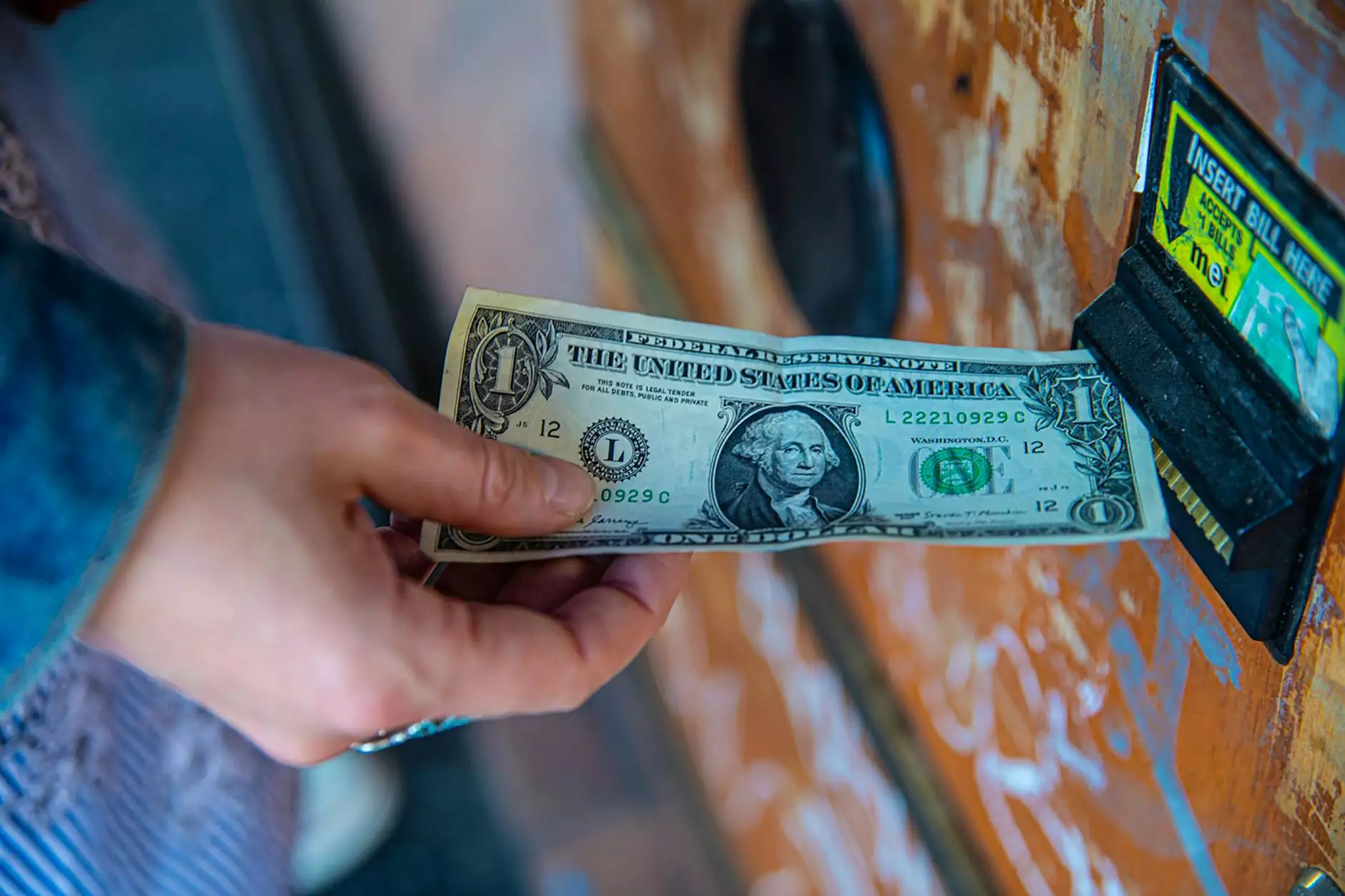Is Stained Concrete Slippery? Understanding the Safety and Aesthetics of Stained Concrete Flooring

Stained concrete has gained immense popularity for both residential and commercial spaces due to its unique aesthetic appeal and durability. However, one question that often arises among potential users is: Is stained concrete slippery? In this article, we will delve deeply into this topic, discussing the factors influencing the slip resistance of stained concrete, maintenance practices, and why it remains an attractive option for flooring.
Understanding Stained Concrete
Stained concrete is a process that involves applying a stain to concrete surfaces to enhance their appearance. Unlike paint, which sits on top of the surface, stains penetrate the concrete, providing a rich color that won’t fade or peel.
The Composition of Stained Concrete
The composition of stained concrete includes:
- Concrete Base: The fundamental layer providing strength and durability.
- Stains: These can be acid-based or water-based, each offering different aesthetic qualities.
- Sealants: High-quality sealers can improve slip resistance and protect the stained surface.
Slip Resistance: Key Factors
When asking is stained concrete slippery, it is vital to consider several factors that impact its slip resistance:
1. Surface Texture
The texture of the stained concrete plays a significant role in its slip resistance. Smooth surfaces tend to be more slippery compared to textured surfaces, which provide better traction.
2. Finish and Sealants
The type of finish applied can also affect slip resistance. Some sealants create a glossy finish, which can be slick, especially when wet. Conversely, matte or satin finishes typically offer better grip.
3. Wet Conditions
Wet stained concrete can become slippery, particularly if the surface is smooth. Regular maintenance and proper sealant application can mitigate this risk.
4. Environmental Conditions
Outdoor installations may be more prone to algae or mold growth, increasing slipperiness. Ensuring proper drainage and regular cleaning can help maintain safety.
Enhancing Slip Resistance
There are several methods to enhance the slip resistance of stained concrete:
- Anti-slip Additives: Adding non-slip additives to the sealer can create a textured surface that improves grip.
- Textured Finishing Techniques: Employing specific finishing techniques can enhance the texture of the concrete itself.
- Regular Maintenance: Cleaning the surface regularly to remove any debris or wetness that could pose a slipping hazard.
Maintenance and Care for Stained Concrete
To address concerns regarding is stained concrete slippery, applying appropriate maintenance routines is essential:
1. Regular Cleaning
Utilizing a broom or a wet mop to clean stained concrete regularly will prevent dirt and grime accumulation, which can lead to slipperiness, particularly in wet conditions.
2. Resealing
Resealing stained concrete every few years is recommended to maintain its appearance and protect it from moisture and stains. During resealing, consider the type of sealant used to ensure it meets your slip-resistance needs.
3. Keeping it Dry
Implementing quick remediation measures, such as using mats or rugs in high-traffic areas, will help control moisture. This is particularly vital in offices and other commercial settings.
Benefits of Stained Concrete
Beyond the question of slip resistance, stained concrete flooring offers numerous benefits, making it a favorable choice for both homes and offices:
- Aesthetic Appeal: Stained concrete can mimic the look of natural stone, providing a sophisticated and upscale appearance.
- Durability: Concrete itself is exceptionally durable, resistant to wear and tear, which makes it suitable for high-traffic areas.
- Cost-effective: While initial installation might have costs, the longevity and low maintenance of stained concrete save money in the long term.
- Environmentally Friendly: Using existing concrete can reduce waste and the need for additional materials.
Stained Concrete in Home Services
When considering stained concrete flooring, it’s essential to engage professionals who understand the nuances of proper installation and maintenance. ND Clean specializes in home services that ensure your flooring remains safe, attractive, and durable.
Residential Applications
In homes, stained concrete can be applied in:
- Kitchens
- Living Rooms
- Entryways
Commercial Applications
For offices, the use of stained concrete is ideal in:
- Reception Areas
- Showrooms
- Warehouse Floors
Conclusion
In summary, when addressing the question of is stained concrete slippery, several factors must be taken into account. By understanding the nature of the material, the influence of environmental conditions, and employing proper maintenance practices, stained concrete can be a safe, beautiful, and functional choice for any space.
Investing in high-quality stained concrete flooring not only enhances the aesthetic appeal of your property but also ensures durability and safety. By considering slip resistance in your planning and maintenance, you can enjoy the many benefits stained concrete has to offer.









